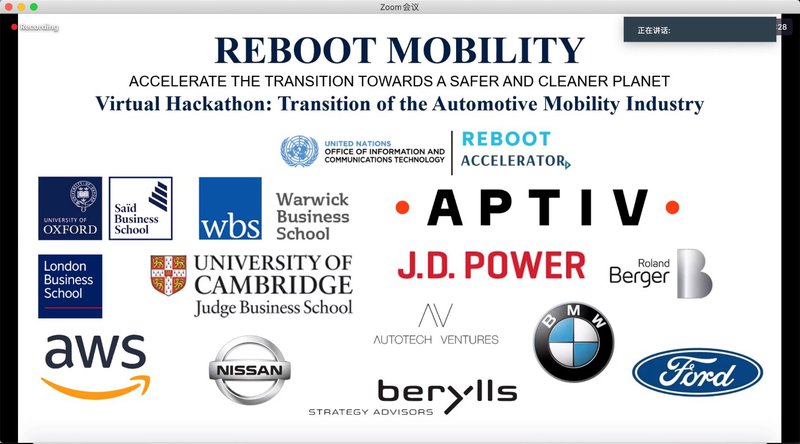Research
Two DPhil students in Professor Mark Cannon's research group, Sebastian East (St John's) and Michael Garstka (Trinity College), were involved with the OxVent project to develop a simple low-cost ventilator (responding to the UK Government's 'Ventilator Challenge'). The project involved very intense work for about six weeks, and was eventually stopped when it became clear that extra ventilators were not going to be needed. Seb and Michael worked on the control and instrumentation of the device.
In 2005, I was asked by the UK Medical Research Council and the Wellcome Trust to take on the leadership of the UK Biobank study. During 2006 to 2010, 500,000 people aged 40 to 69 years from all around the UK agreed to join the study, answering lots of questions, allowing us to make physical measurements and providing blood samples. With their permission, we have followed their health through their medical records and have been providing all of this information (including genetic data) in a de-identified form to study genetic and lifestyle determinants of many different diseases, and they have published more than 1200 papers based on those data.
As someone who had thought infectious disease epidemiology was a dying art as the major causes of disease worldwide transitioned from communicable to non-communicable, the past couple of months involved me in a rapid introduction to the speciality. In particular, we looked at ways in which the UK Biobank could best contribute to studying COVID-19, and provided researchers with updated coronavirus testing data on a weekly basis, along with updated death, hospitalisation and primary care data on a monthly basis. These data may well help to identify reasons why one person has a bad outcome with COVID-19 while another does not.
In addition, 10,000 nationally representative UK Biobank participants plus 10,000 of their adult children and grandchildren have agreed to provide monthly blood samples over at least the next six months. The aim is to track seroprevalence rates for the coronavirus antibodies over time in different communities across the UK, and to detremine the persistence of those antibody levels. This information will be of value in helping to plan a safe and effective way to manage the national response to COVID-19.
Beyond UK Biobank, our team in the Nuffield Department of Population Health has set up the large RECOVERY trial, which has randomised 10,000 UK patients who had been hospitalised with COVID-19. Within just three months of starting, it has provided the first reliable evaluation of any treatment for COVID-19, compellingly refuting claims of beneficial effects with hydroxychloroquine (which, as all will be aware, had some high-profile promoters of its use). Importantly, RECOVERY is continuing to test other potentially beneficial treatments, so it will yield further information over the next few months that can help guide safer and more effective treatment of COVID-19 worldwide.
Professor Heather Harrington, co-director of the Centre for Topological Data Analysis, has been applying her expertise to COVID-19. Topological data analysis is an exciting new area of computational mathematics that has emerged over the last ten years which applies ideas from topology — a branch of pure mathematics — to uncover structures and study shape in large data sets. Professor Harrington's group has been looking at lung CT scans of COVID-19 data from Wuhan. These data were previously analysed using machine-learning techniques, to identify key structures in the scans, and her work is complementary to machine learning output in that she is computing interpretable topological signatures of these scans. She is also looking at molecular data from the blood of COVID-19 patients here in Oxford, with the aim of understanding whether tensors and topology can help identify features and/or predict the severity of individual COVID cases.
Diamond Light Source, the UK’s national synchrotron provides particularly powerful instruments (CryoEM and diffractometers for protein crystallography) to study the structure of the SARS-CoV-2 virus responsible for COVID-19 as well as providing a means of looking for small molecules that bind to particular parts of the virus, as part of the global research effort to find a vaccine.
We have worked with scientists in China from the start of 2020 and have continued to work with scientists from across the UK and further afield ever since. Our work can be accessed on our website: https://www.diamond.ac.uk/covid-19.html.
Worked on a national project to detect COVID-19 outbreaks before they become problematic (as they did in Leicester).
- Survey of the impact of COVID-19 in people with epilepsy and health care staff looking after epilepsy.
- Co-authored a paper on guidelines for the care of people with epilepsy.
- Part of a World Health Organization work group to draw up guidelines about the impact of COVID-19 on health services in low and middle income countries.
- Grant applications for funding to determine the mental health consequences of COVID-19 in Africa.
Jiaxian Shi participated in a hackathon, hosted by the Said Business School, in June 2020 on COVID-19 and the automotive mobility industry. The purpose of the hackathon was to address challenges which are exacerbated by the effects of COVID-19, looking across all aspects of automotive. The participants were tasked with developing ideas and solutions for short- and medium-term benefits, in the areas of their interest, including fuel, AI, materials, manpower and logistics. Jiaxian and his team developed a business case for ERP (enterprise resource planning) software dedicated to improving the transparency and resilience of the automotive supply chain.

Qiujie Shi wrote two journal articles and a blog piece on COVID-19 looking at the spread of the disease and the role of migration.
Wrote a series of policy reports with colleagues on contact tracing via mobile apps and an article on the same dataset.